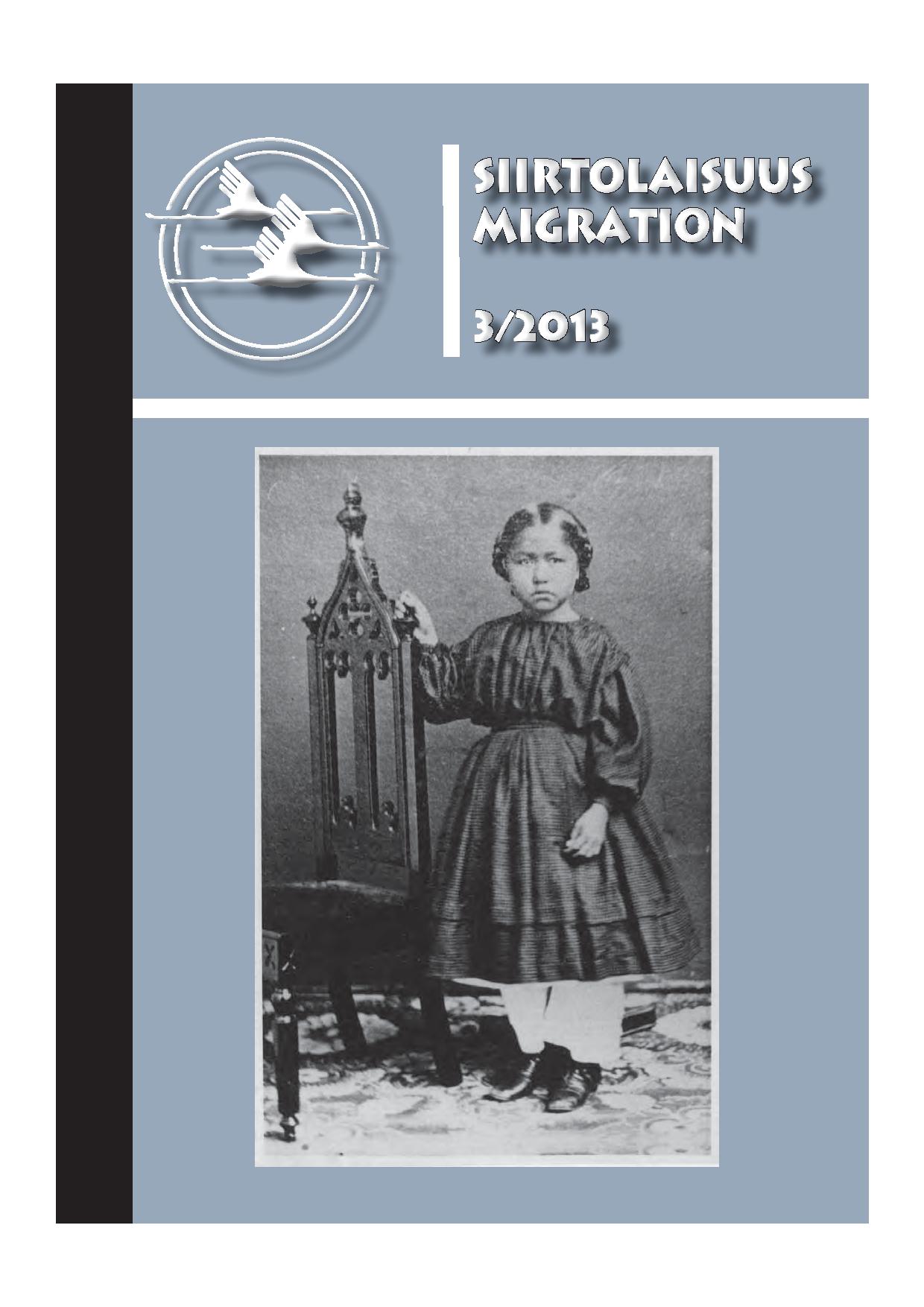Finnish Trade Unions and Immigrant Labor
Abstrakti
Recent decades have witnessed new transitional migration systems across the globe. Inter- and intra-regional migrations have been propelled by the political and economic changes in Eastern Europe, the massive growth of industrial and service economies such as China and India, and increasing conflict and climate driven refugee movements. According to the migration systems theory, migration alters the social, cultural, economic, and institutional conditions at the sending and receiving ends − that is, the entire developmental space within which migration processes operate. These new migration systems have been accompanied by an unprecedented mobility of capital, restructuring of national and regional economies and the flexibilization of labour markets. Hence the new political economy of migration is linked to profound changes in contemporary working life (Vezzoli and Castles 2009, 74).
Numerous reports have highlighted the direct and indirect discrimination which immigrants experience in European labor markets, including Finland. Not only do recent migrants experience drastically higher rates of unemployment, but when managing to find work their pay is often signifi cantly lower than that of the white majority. Also, problems − from rejection of qualifi cations acquired in the nation of origin to institutional racism − are common experiences among migrant job seekers. As a great majority of the welfare provisions in European countries are gained through a long-term and stable connection to the labor market, immigrants are in a particularly vulnerable position. Research by the Finnish Institute of Migration has shown that while “foreigners sometimes have lower education, more extended family structures and less working experience, these factors can only partially explain their disadvantage in the labor market, with the much more fundamental problems remaining those associated with discriminatory practices linked to ethnic and cultural prejudices” (Heikkilä 2005).




